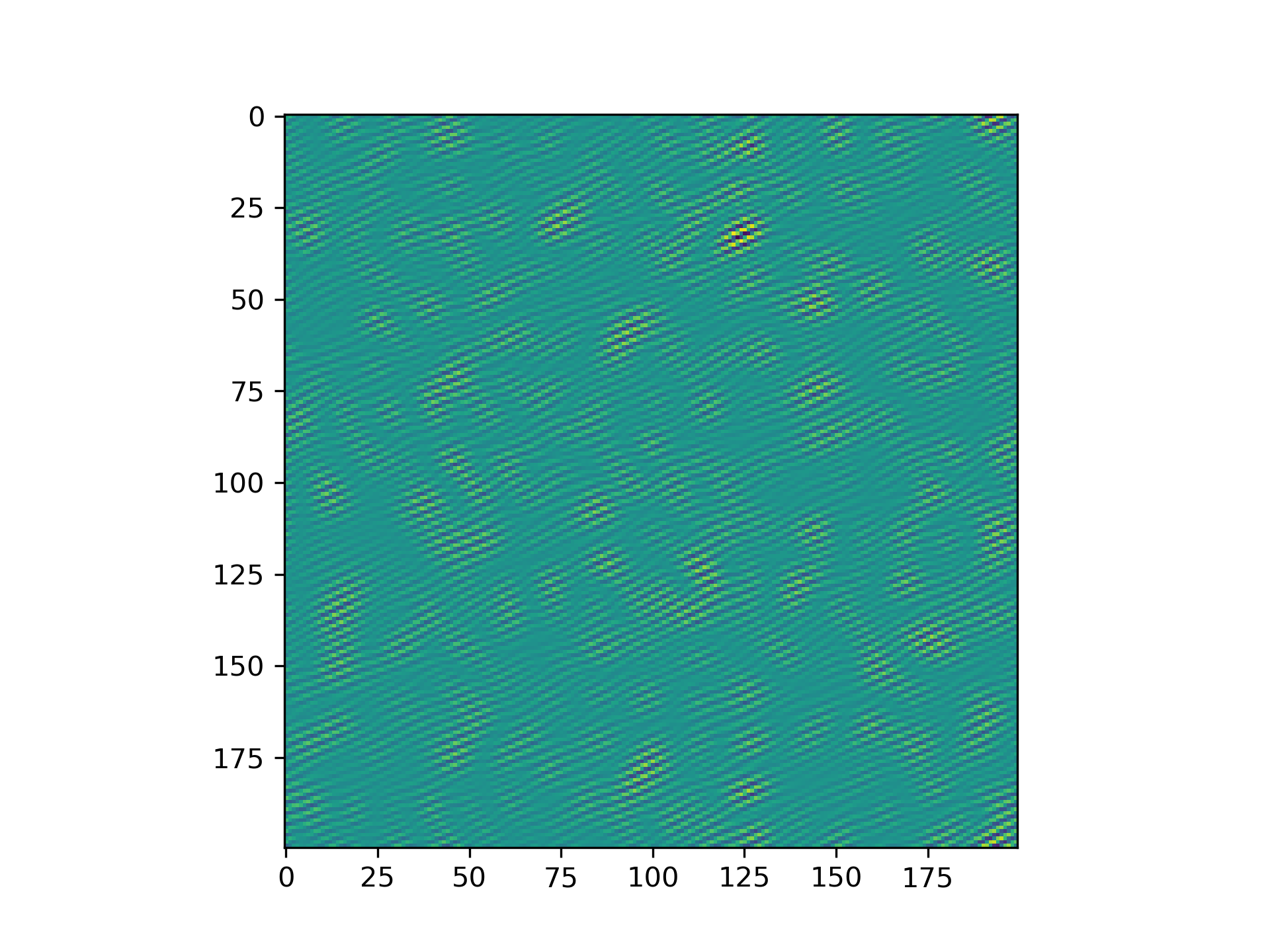ifftn(a, s=None, axes=None, norm=None)
This function computes the inverse of the N-dimensional discrete Fourier Transform over any number of axes in an M-dimensional array by means of the Fast Fourier Transform (FFT). In other words, ifftn(fftn(a)) == a
to within numerical accuracy. For a description of the definitions and conventions used, see numpy.fft
.
The input, analogously to ifft
, should be ordered in the same way as is returned by fftn
, i.e. it should have the term for zero frequency in all axes in the low-order corner, the positive frequency terms in the first half of all axes, the term for the Nyquist frequency in the middle of all axes and the negative frequency terms in the second half of all axes, in order of decreasingly negative frequency.
See numpy.fft
for definitions and conventions used.
Zero-padding, analogously with ifft
, is performed by appending zeros to the input along the specified dimension. Although this is the common approach, it might lead to surprising results. If another form of zero padding is desired, it must be performed before ifftn
is called.
Input array, can be complex.
Shape (length of each transformed axis) of the output ( s[0]
refers to axis 0, s[1]
to axis 1, etc.). This corresponds to n
for ifft(x, n)
. Along any axis, if the given shape is smaller than that of the input, the input is cropped. If it is larger, the input is padded with zeros. if s is not given, the shape of the input along the axes specified by :None:None:`axes` is used. See notes for issue on ifft
zero padding.
Axes over which to compute the IFFT. If not given, the last len(s)
axes are used, or all axes if s is also not specified. Repeated indices in :None:None:`axes` means that the inverse transform over that axis is performed multiple times.
Normalization mode (see numpy.fft
). Default is "backward". Indicates which direction of the forward/backward pair of transforms is scaled and with what normalization factor.
The "backward", "forward" values were added.
If s and :None:None:`axes` have different length.
If an element of :None:None:`axes` is larger than than the number of axes of a.
The truncated or zero-padded input, transformed along the axes indicated by :None:None:`axes`, or by a combination of s or a, as explained in the parameters section above.
Compute the N-dimensional inverse discrete Fourier Transform.
fftn
The forward n-dimensional FFT, of which :None:None:`ifftn` is the inverse.
ifft
The one-dimensional inverse FFT.
ifft2
The two-dimensional inverse FFT.
ifftshift
Undoes :None:None:`fftshift`, shifts zero-frequency terms to beginning of array.
numpy.fft
Overall view of discrete Fourier transforms, with definitions and conventions used.
>>> a = np.eye(4)
... np.fft.ifftn(np.fft.fftn(a, axes=(0,)), axes=(1,)) array([[1.+0.j, 0.+0.j, 0.+0.j, 0.+0.j], # may vary [0.+0.j, 1.+0.j, 0.+0.j, 0.+0.j], [0.+0.j, 0.+0.j, 1.+0.j, 0.+0.j], [0.+0.j, 0.+0.j, 0.+0.j, 1.+0.j]])
Create and plot an image with band-limited frequency content:
>>> import matplotlib.pyplot as plt
... n = np.zeros((200,200), dtype=complex)
... n[60:80, 20:40] = np.exp(1j*np.random.uniform(0, 2*np.pi, (20, 20)))
... im = np.fft.ifftn(n).real
... plt.imshow(im) <matplotlib.image.AxesImage object at 0x...>
>>> plt.show()

The following pages refer to to this document either explicitly or contain code examples using this.
numpy.fft.ifft2
numpy.fft.irfftn
numpy.fft.ifftn
numpy.fft.fftn
numpy.fft.ifft
Hover to see nodes names; edges to Self not shown, Caped at 50 nodes.
Using a canvas is more power efficient and can get hundred of nodes ; but does not allow hyperlinks; , arrows or text (beyond on hover)
SVG is more flexible but power hungry; and does not scale well to 50 + nodes.
All aboves nodes referred to, (or are referred from) current nodes; Edges from Self to other have been omitted (or all nodes would be connected to the central node "self" which is not useful). Nodes are colored by the library they belong to, and scaled with the number of references pointing them